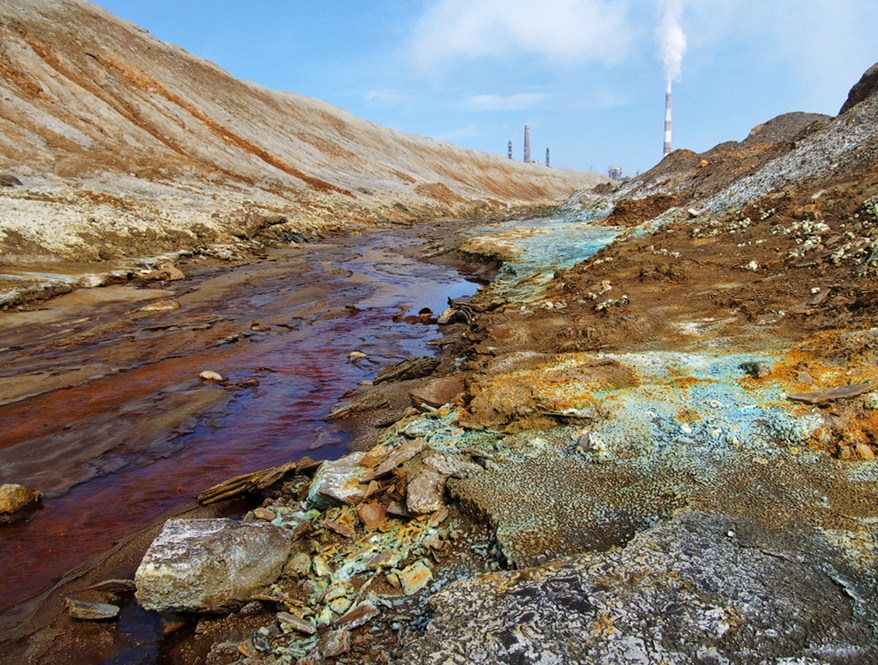Before testing, you must first prepare the relevant reagents and instruments, but remind you that because the iron content of each batch of reagents is different, the calibration curve needs to be redrawn every time a new reagent is prepared. Only in this way can the accuracy of the detection be guaranteed.

1. Drawing of calibration curve
1. Preparation of working solution: Use a pipette to pipette iron standard use solution 0, 2.00, 4.00, 6.00, 8.00, 10.0ml into 6 150ml conical flasks respectively, add distilled water to 50.0ml;2. Dosing of the medicine: Add 1ml of (1+3) hydrochloric acid, 1ml of 10% hydroxylamine hydrochloride to the conical flask, and then add 1 to 2 glass beads. The conical flask is heated and boiled until about 15ml of the solution remains, cooled to room temperature, and then quantitatively transferred to a 50ml colorimetric tube with stopper. Add a small piece of Congo red test paper, drip saturated sodium acetate solution until the test paper just turns red, add 5ml buffer solution, 0.5% o-phenanthroline solution 2ml, add water to the marking line, and shake well;
3. Colorimetric quantification: After the above solution is developed for 15 minutes, use a 10mm cuvette and use pure water as a reference to measure the absorbance of each tube at 510nm and record it;
4. Drawing of the working curve: Take the iron ion concentration as the horizontal axis and absorbance as the vertical axis to make a standard curve with 6 standard points.
2. Determination of divalent iron
1. Sampling: Put 2m hydrochloric acid into a 100ml stoppered water sample bottle, fill the sample bottle with the water sample, stopper the stopper to prevent oxidation, and store it until color development and measurement (preferably on-site determination or on-site color development) ;2. Dosing of the drug: take an appropriate amount of water sample into a 50ml colorimetric tube with stopper, add 5ml buffer solution and 2ml 0.5% o-phenanthroline solution, add water to the marking line, and shake it;
3. Colorimetric quantification: After the color is 5-10mn, the absorbance is measured at 510m with water as the reference, and blank correction is made;
4. Query the Fe2+ concentration: then check the Fe2+ concentration of the sample in the standard curve according to the absorbance of the sample.
3. Record the detection data of ferrous iron to obtain the parameters
Measure the absorbance of each standard solution at 510nm and record it to calculate the concentration through the formula:Iron (Fe2+, mg/L)=m/V
Where: m-the content of iron queried in the calibration curve, in micrograms (ug);
V-The volume of the water sample, in milliliters (mL).



